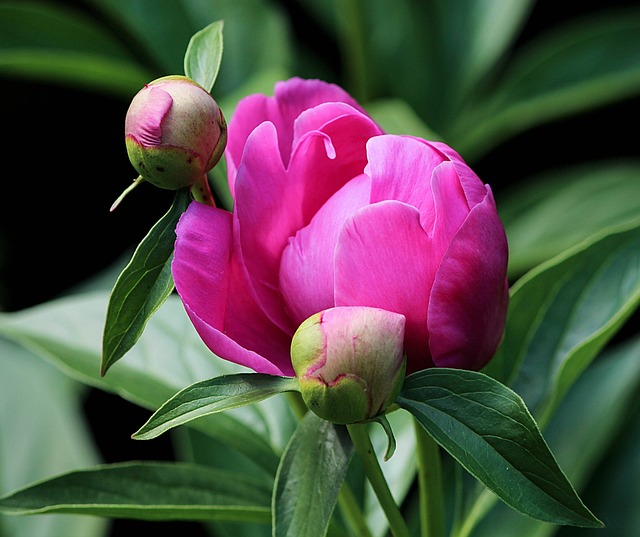Preventing Diseases in Perennials
26-06-2023
Welcome to our comprehensive guide on preventing diseases in perennials. As avid gardeners and experts in the field, we understand the importance of maintaining healthy and vibrant perennial plants. In this guide, we will share valuable insights and effective strategies to help you prevent diseases and ensure the longevity of your beloved perennials.

Understanding Perennial Diseases
Perennial plants are susceptible to various diseases that can hinder their growth and overall health. Identifying these diseases and implementing preventive measures is crucial to maintain a thriving garden. Here, we will discuss some common diseases that affect perennials and the steps you can take to mitigate them effectively.
1. Powdery Mildew
Powdery mildew is a fungal disease that appears as a powdery white coating on the leaves, stems, and flowers of perennials. It thrives in humid conditions and can spread rapidly, causing foliage discoloration and stunted growth. To prevent powdery mildew:
- Choose resistant perennial varieties.
- Provide adequate air circulation by spacing plants appropriately.
- Avoid overhead watering and instead water at the base of the plants.
- Regularly remove and dispose of infected plant parts.
2. Botrytis Blight
Botrytis blight, also known as gray mold, is a common disease that affects a wide range of perennials. It causes browning, wilting, and decay of flowers, buds, and foliage. To prevent botrytis blight:
- Avoid overcrowding plants and ensure proper spacing.
- Remove dead or decaying plant material promptly.
- Water in the morning to allow foliage to dry during the day.
- Apply organic fungicides as a preventive measure.
3. Crown Rot
Crown rot is a fungal disease that affects the crown and roots of perennials, leading to plant wilting, yellowing, and eventual death. It thrives in poorly drained soil and can be challenging to treat once established. To prevent crown rot:
- Ensure well-draining soil by amending with organic matter.
- Avoid overwatering and provide appropriate irrigation.
- Maintain proper plant spacing to promote air circulation.
- Apply a layer of mulch to prevent soil splash and moisture retention.
Effective Preventive Measures
In addition to specific preventive measures for individual diseases, there are general practices you can adopt to maintain overall plant health and minimize the risk of diseases in perennials.
1. Plant Selection and Care
- Choose disease-resistant perennial varieties suitable for your region.
- Inspect plants before purchasing to ensure they are healthy and disease-free.
- Provide proper nutrition by fertilizing perennials according to their specific requirements.
- Regularly monitor plants for any signs of distress or disease.
2. Proper Hygiene
- Practice good garden hygiene by removing debris, fallen leaves, and weeds regularly.
- Disinfect gardening tools after each use, especially when dealing with infected plants.
- Avoid working in the garden when foliage is wet to prevent disease spread.
3. Irrigation and Watering
- Water perennials deeply and infrequently, allowing the soil to dry out between waterings.
- Avoid overhead watering, as it can promote disease spread and foliar infections.
- Water at the base of the plants to minimize moisture on the leaves.
4. Soil Health
- Maintain well-draining soil by incorporating organic matter, such as compost.
- Test soil regularly to ensure proper pH levels for optimal plant growth.
- Rotate plantings to prevent the buildup of pathogens in the soil.
By implementing the preventive measures outlined in this comprehensive guide, you can significantly reduce the risk of diseases in your perennial plants. Remember to stay vigilant, inspect your plants regularly, and take immediate action if you notice any signs of disease. With proper care and attention, your perennials will flourish, adding beauty and vibrancy to your garden for years to come.
